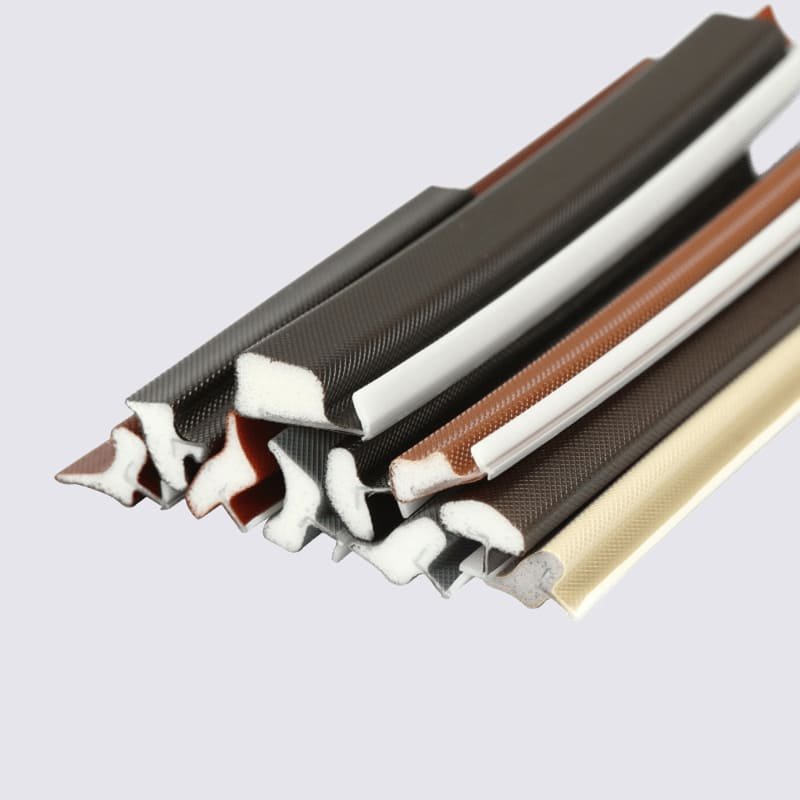introduzione:
I tubi di silicone flessibili sono ampiamente utilizzati in vari settori e applicazioni grazie alla loro eccellente durata, resistenza alla temperatura, e flessibilità. Tuttavia, Come qualsiasi altro materiale, I tubi di silicone hanno una durata finita. Comprendere per quanto tempo questi tubi in genere durano e i fattori che influenzano la loro longevità è cruciale per garantire prestazioni e manutenzione ottimali. In questo articolo, approfondiremo la durata della vita dei tubi flessibili in silicone, Fattori che influenzano la loro durata, e suggerimenti per estendere la loro durata di servizio.
La durata della vita dei tubi flessibili in silicone:
I tubi di silicone flessibili sono progettati per resistere a condizioni impegnative e fornire una durata di servizio prolungata. In media, I tubi di silicone possono durare ovunque tra 5 A 10 anni. Tuttavia, Questa stima può variare in modo significativo sulla base di vari fattori, come l'applicazione, condizioni operative, manutenzione, e qualità del tubo.
Fattori che influenzano la longevità:
UN. Condizioni operative:
L'ambiente in cui vengono utilizzati i tubi del silicone svolge un ruolo cruciale nel determinare la loro durata della vita. Tubi esposti a temperature estreme, sostanze chimiche, o i materiali abrasivi possono sperimentare un degrado accelerato. Fattori come la pressione, frequenza di utilizzo, e le vibrazioni influiscono anche sulla durata del tubo.
B. Qualità del tubo:
La qualità del tubo silicone stesso è un fattore vitale. I tubi di alta qualità realizzati con materiali di silicone premium e rinforzati con strati forti probabilmente dureranno più a lungo che più economiche alternative.
C. Manutenzione e cura:
Ispezione regolare, pulizia, e un'adeguata manutenzione può estendere significativamente la durata della vita dei tubi siliconici. Questo include evitare i nodi, abrasioni, ed eccessiva flessione, e affrontando prontamente eventuali segni di danno o usura.
Segni di usura e invecchiamento:
Col tempo, I tubi di silicone possono presentare segni di usura che indicano la necessità di sostituzione. Cerca i seguenti sintomi:
UN. Cracking o scissione:
Le crepe o le divisioni visibili nella superficie del tubo indicano l'invecchiamento e il potenziale fallimento.
B. Ammorbidimento o indurimento:
I tubi di silicone possono diventare eccessivamente morbidi o duri mentre invecchiano, compromettendo la loro integrità e le loro prestazioni.
C. Gonfiore o scolorimento:
Tubi che si sono gonfiati, ampliato, o il colore modificato può aver subito reazioni chimiche o essere esposti a sostanze inadatte.
D. Perdite o prestazioni ridotte:
Eventuali perdite evidenti hanno ridotto il flusso di fluido, o la perdita di pressione potrebbe essere indicazioni di un tubo di silicone logoro.
Estendendo la durata della vita:
Per massimizzare la durata della vita dei tubi flessibili in silicone, Prendi in considerazione l'attuazione delle seguenti pratiche:
UN. Installazione adeguata:
Garantire le corrette tecniche di installazione, tra cui evitare curve acute, tensione eccessiva, o torcere durante il montaggio.
B. Ispezioni di routine:
Ispezionare regolarmente i tubi per segni di usura, danno, o degrado, prestando molta attenzione alle aree vicino a connettori e morsetti.
C. Pulizia e manutenzione:
Pulisci i tubi puliti regolarmente con sapone lieto o detergenti specifici del silicone. Evita sostanze chimiche aggressive che potrebbero deteriorare il materiale in silicone.
D. Gestione della temperatura:
Mantenere i tubi di silicone all'interno delle loro gamme di temperatura raccomandate per prevenire l'invecchiamento prematuro e il deterioramento.
e. Programma di sostituzione:
Stabilire un programma di sostituzione proattivo basato sulle linee guida del produttore e le condizioni operative specifiche.
Conclusione:
I tubi di silicone flessibili offrono un'eccellente durata e affidabilità, rendendoli popolari in molti settori. Mentre la loro durata può variare a seconda di vari fattori, seguire adeguate pratiche di manutenzione e affrontare i segni di usura può aiutare a prolungarne la longevità. Comprendendo i fattori che influenzano la durata dei tubi flessibili in silicone, gli utenti possono ottimizzare le proprie prestazioni, ridurre i tempi di inattività, e garantire operazioni sicure nelle loro applicazioni.




